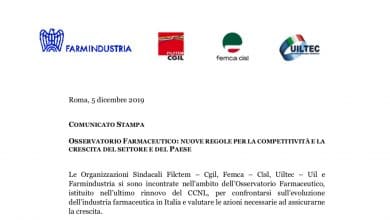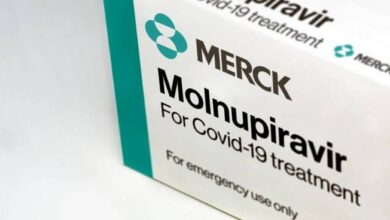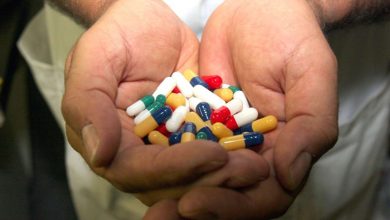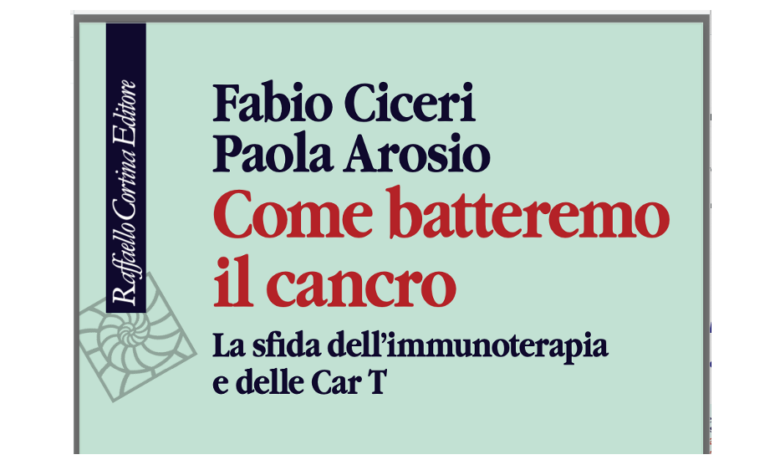
We receive and publish
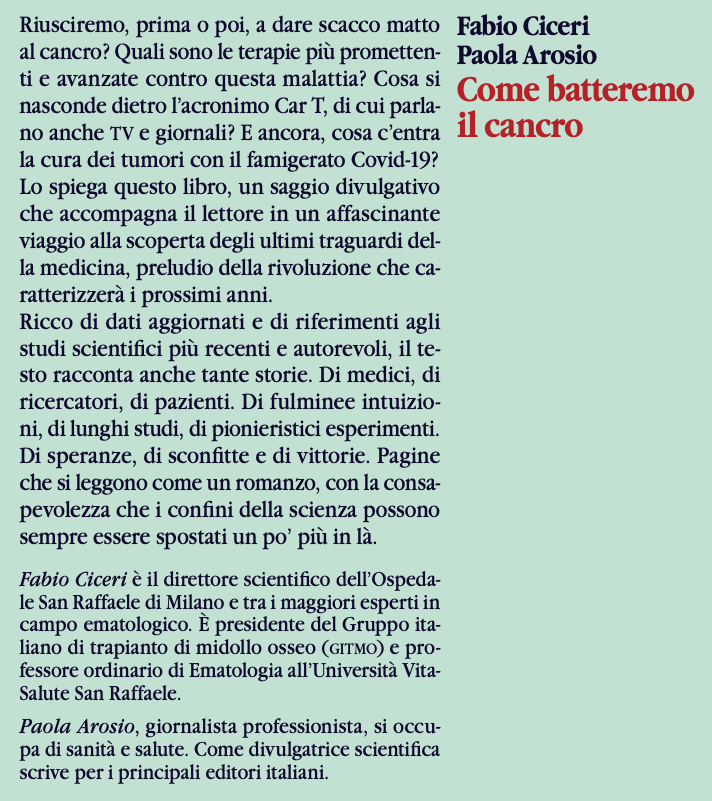 A real revolution, which marked a new era in the fight against cancer. We are talking about Car T, a promising treatment located at the crossroads between personalisation, immunotherapy and gene therapy. The first book that talks about this topic, in great detail and referring to the most up-to-date and authoritative studies, is How we will beat cancer. The challenge of immunotherapy and CAR T, written by Fabio Ciceri, full professor of Hematology at the Vita-Salute San Raffaele University in Milan and president of the Italian bone marrow transplantation group (Gitmo), and by Paola Arosio, journalist and science communicator, and published by Raffaello publisher Curtain.
A real revolution, which marked a new era in the fight against cancer. We are talking about Car T, a promising treatment located at the crossroads between personalisation, immunotherapy and gene therapy. The first book that talks about this topic, in great detail and referring to the most up-to-date and authoritative studies, is How we will beat cancer. The challenge of immunotherapy and CAR T, written by Fabio Ciceri, full professor of Hematology at the Vita-Salute San Raffaele University in Milan and president of the Italian bone marrow transplantation group (Gitmo), and by Paola Arosio, journalist and science communicator, and published by Raffaello publisher Curtain.
In the beginning there was tisagenlecleucel
The initial part of the volume is dedicated to the research, history and complex manufacturing process underlying the Car T, which represent a breakthrough in the treatment of some blood cancers. Particular reference is made to tisagenlecleucel, the Novartis drug approved in the United States by the Food and Drug Administration (Fda) in August 2017 for acute lymphoblastic leukemia resistant to chemotherapy or relapsing in children and young people up to 25 years of age and in May of 2018 for diffuse large B-cell lymphoma. In August of the same year, the medicine received the green light, for both pathologies, also from the European medicines agency (Ema) and in August 2019 from the Italian medicines agency (Aifa). This first Car T was followed by a second one, axicabtagene ciloleucel (axi-cel), approved for the same indications in October 2017 by the FDA, in August 2018 by the Ema and, finally, in November 2019 by Aifa. And then a third, idecabtagene vicleucel (ide-cel), approved by the FDA and EMA in 2021 for multiple myeloma and awaiting the go-ahead from the Italian regulatory body.
Car T team
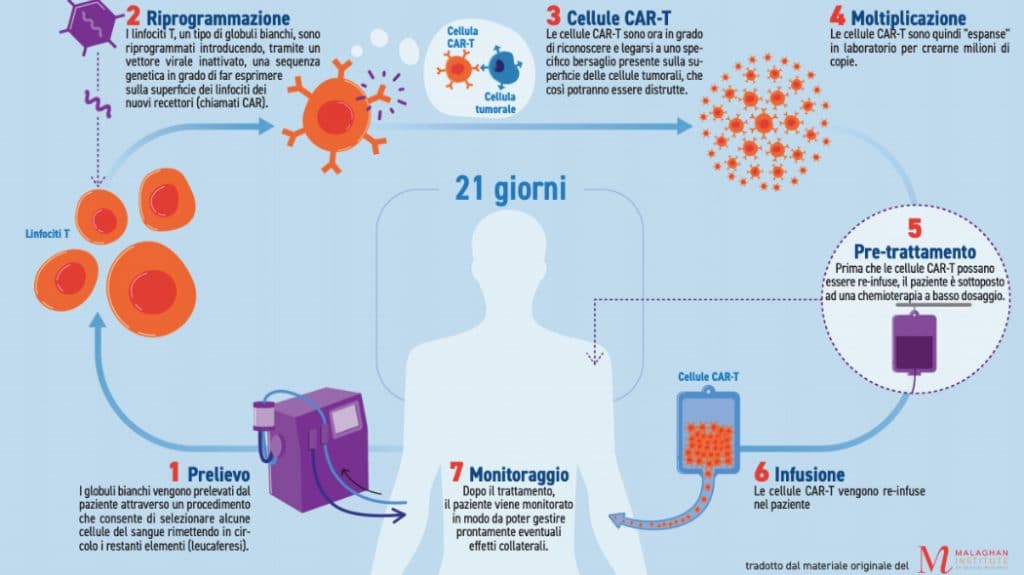 The entry into the market of these super lymphocytes undoubtedly represented an innovative therapeutic model, which requires an organization to be implemented ad hoc. In fact, the therapy must be provided in specific accredited centres, within which the so-called Car T teams are operative, i.e. multidisciplinary groups of professionals, which include the haematologist, the transplant manager, the transfusionist, the laboratory doctor and many others. An alliance that allows the treatment to be administered appropriately, keeping any side effects under control as much as possible, among which the dreaded cytokine release syndrome is especially mentioned.
The entry into the market of these super lymphocytes undoubtedly represented an innovative therapeutic model, which requires an organization to be implemented ad hoc. In fact, the therapy must be provided in specific accredited centres, within which the so-called Car T teams are operative, i.e. multidisciplinary groups of professionals, which include the haematologist, the transplant manager, the transfusionist, the laboratory doctor and many others. An alliance that allows the treatment to be administered appropriately, keeping any side effects under control as much as possible, among which the dreaded cytokine release syndrome is especially mentioned.
Economic sustainability
The text also deals with the question of the economic sustainability of the treatment, framing it in the broader context of innovative high-cost therapies. A highly topical issue at a time when, on the one hand, the resources dedicated to healthcare are increasingly scarce and, on the other, the needs of the population are in continuous and progressive growth, also due to the lengthening of the average life span . To try to recompose these instances, the remuneration system was introduced in the case of the Car Ts payment at result, based on the 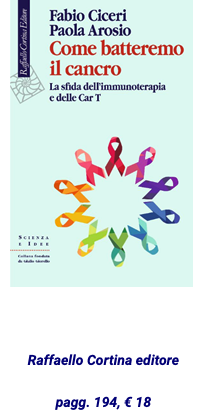 which the public service reimburses the producer only when the result is obtained.
which the public service reimburses the producer only when the result is obtained.
Towards the treatment of solid tumors
From the present we thus move on to looking to the future, more or less near. The ongoing researches in this field all over the world are many and promising. Encouraging results have recently been obtained with regard to chronic lymphocytic leukemia, acute myeloid leukemia, follicular lymphoma, mantle cell lymphoma. But also with regard to some solid tumors, in particular glioblastoma, mesothelioma, carcinoma of the liver, pancreas, colorectal, prostate and thyroid cancer, sarcoma, neuroblastoma. The book recounts all the trials and their outcomes, reconstructing a 360-degree overview of the successes achieved and the problems to be solved. Finally, the possible use of Car T against rejection in transplant patients, autoimmune diseases, HIV is described. And it even goes beyond the confines of immunity, recounting the hypothetical applications in cardiac fibrosis and in pathologies deriving from aging, such as atherosclerosis, osteoarthritis, hepatic and pulmonary fibrosis. It is a new, fascinating road on which the first steps are being taken. Now all that remains is to continue confidently along the path undertaken, with the awareness that the boundaries of science can always be moved a little further.
Related news: CAR-T. First anticancer cell therapy
First two CAR-T cell medicines recommended for approval in the European Union 06/29/2018
Development of Kymriah and Yescarta supported through PRIME
CAR-T reengineering brings jobs. Highly skilled ISFs will be needed


